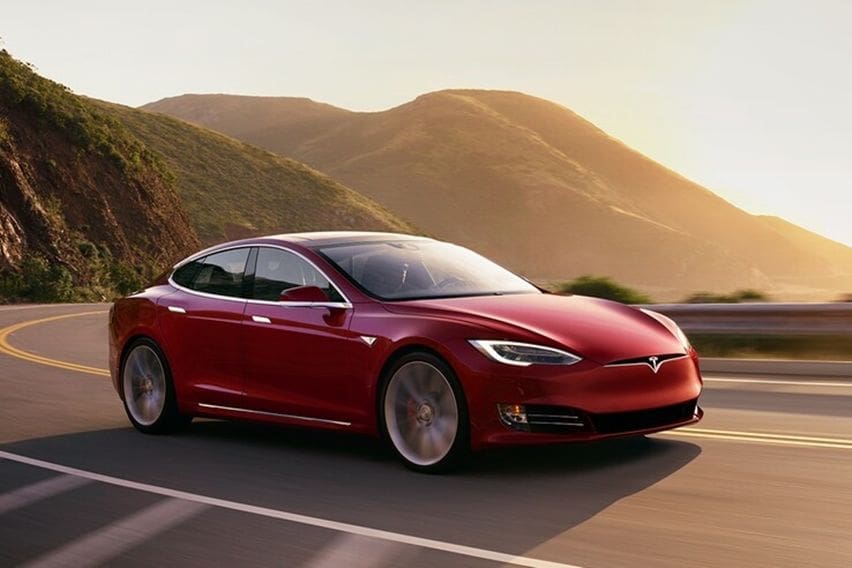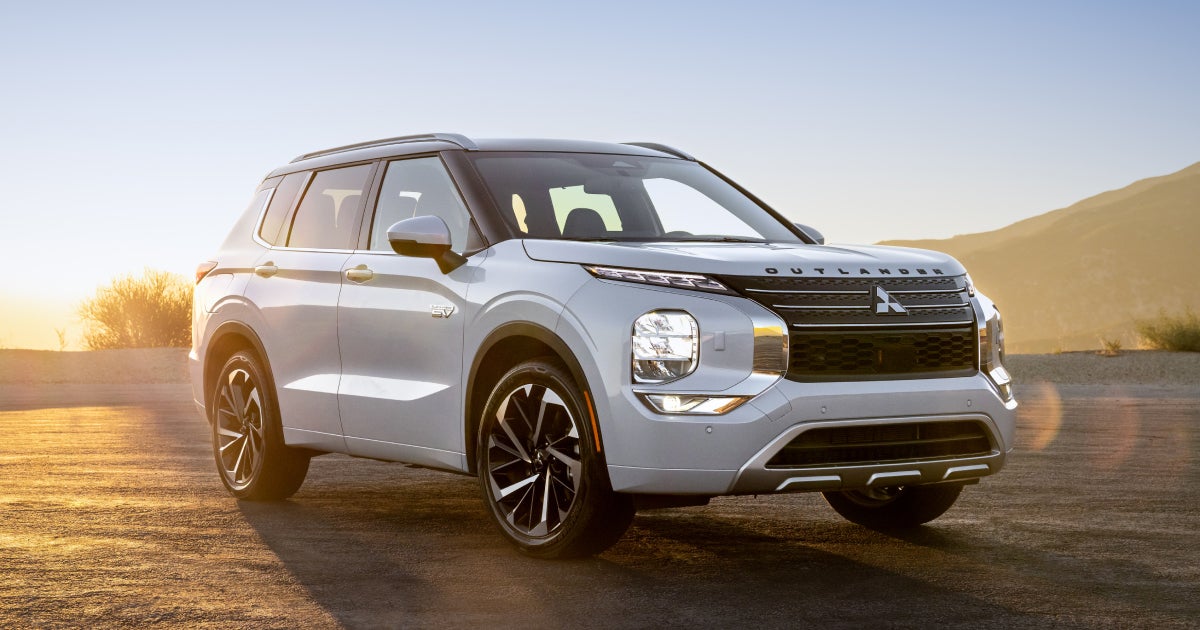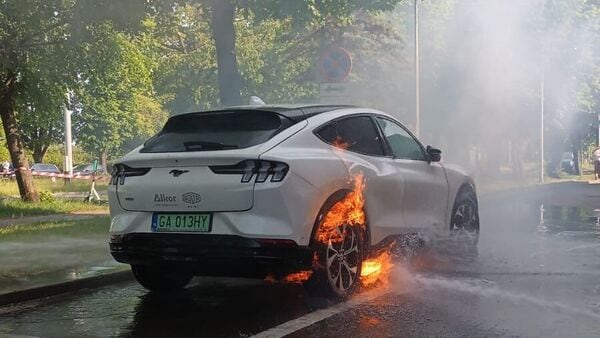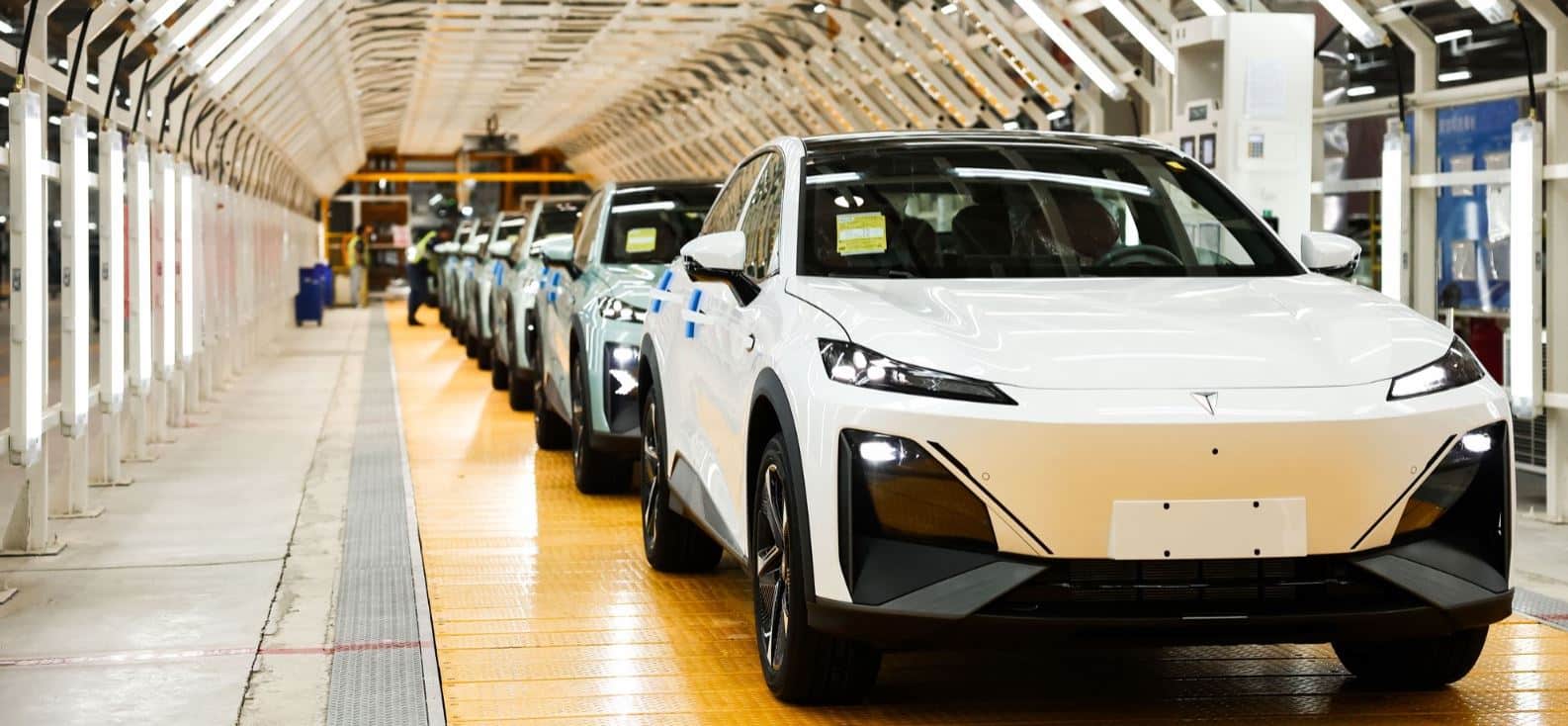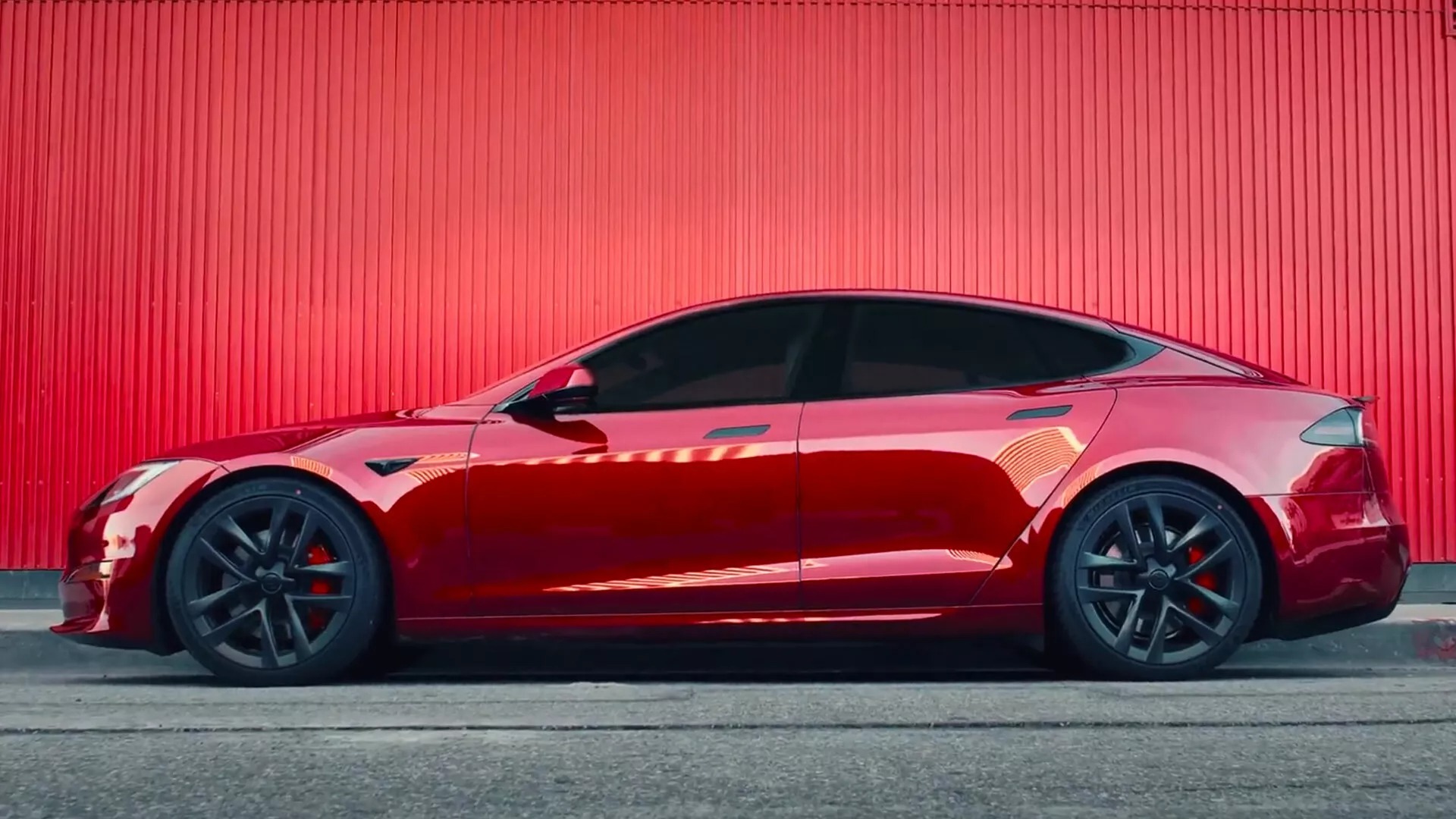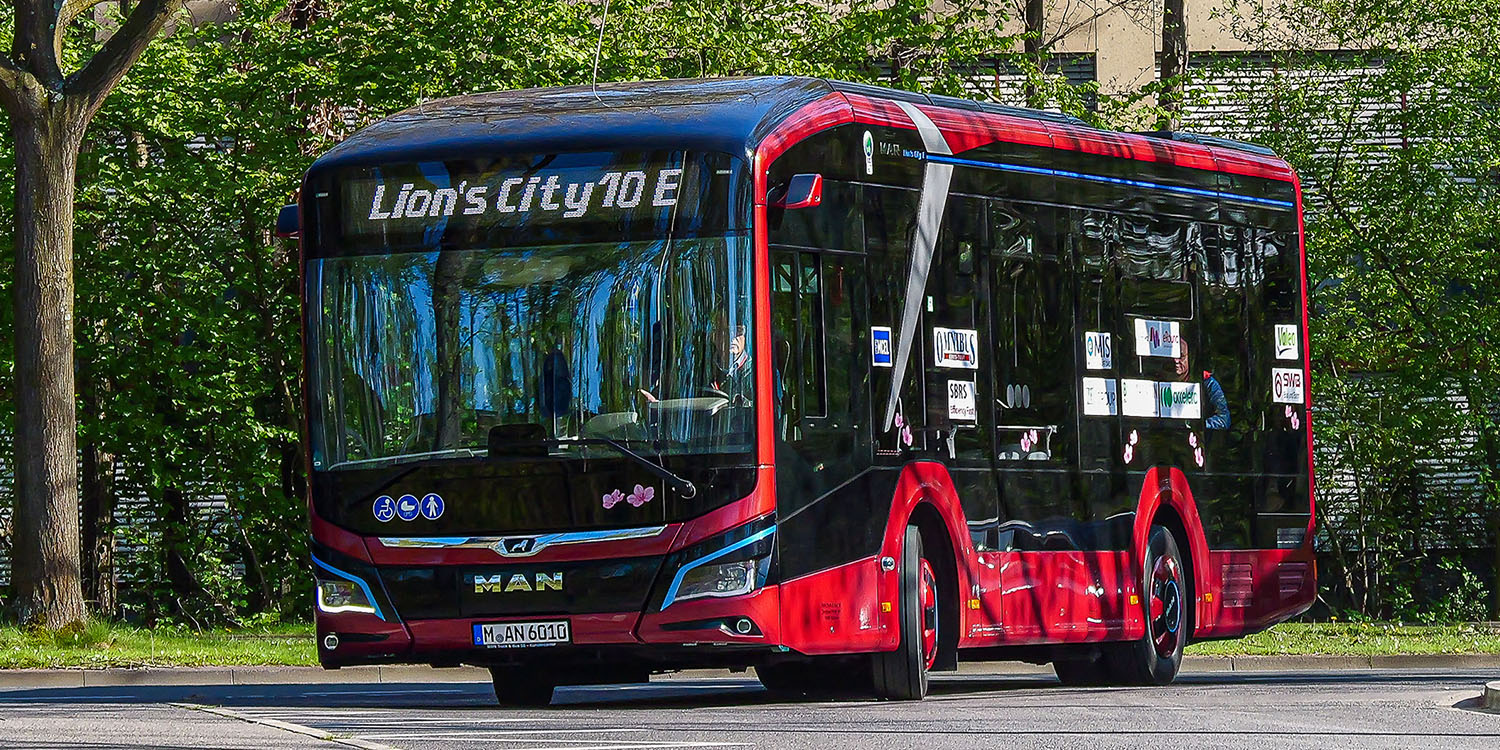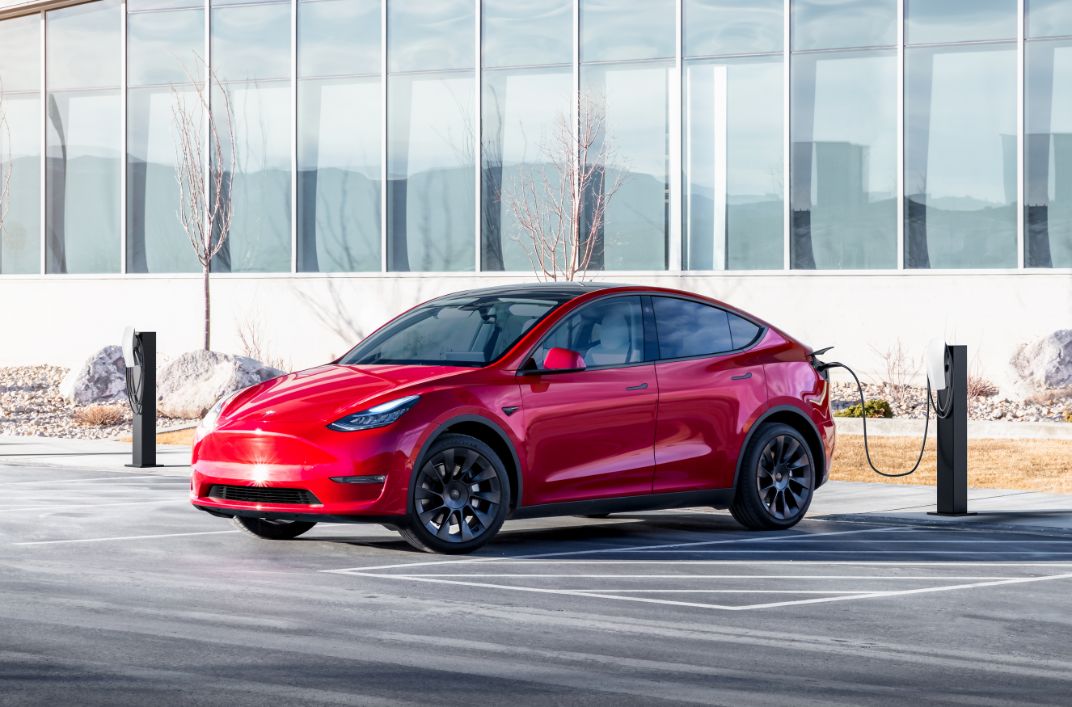A recent study conducted by iSeeCars has shed light on the average annual mileage of three-year-old electric vehicles (EVs) in the United States. The findings indicate that EV owners drive significantly fewer miles than their counterparts who own internal combustion engine (ICE) vehicles.
On average, owners of three-year-old EVs cover approximately 9,059 miles (14,579 km) per year, which is over 3,000 miles (4,828 km) or 29 percent less than the average mileage of ICE vehicle owners. Even the most driven three-year-old EVs fall short of the average mileage covered by the owners of ICE vehicles of the same age, with the highest mileage achieved by the Tesla Model X, a large SUV, at 10,378 miles (16,702 km) annually.
Karl Brauer, the executive analyst at iSeeCars, highlighted that Tesla drivers come closest to emulating the driving behavior of traditional car owners. Brauer added, “Without Tesla, the average annual mileage for EV drivers would decrease from 9,059 miles to 6,719 miles.”
There are several factors that contribute to this discrepancy, including the relatively small number of EV owners, their usage as secondary vehicles, and the novelty of the technology. iSeeCars also suggests that range plays a significant role in these findings. The number of miles driven per year is closely correlated with the distance an EV can travel on a single charge.
Brauer explained, “When examining three-year-old electric cars, we observe that EV owners are willing to drive an additional 23 miles per year for every extra mile of range their vehicle offers. This implies that, on average, EVs need an additional 161 miles (259 km) of range to match the 12,578-mile (20,532 km) annual mileage of traditional gasoline-powered vehicles.”
Interestingly, the relationship between driving range and annual mileage is not exclusive to EVs. According to the EPA, the average ICE vehicle achieves 24.7 miles per gallon (MPG) and has an 18-gallon fuel tank, enabling it to cover approximately 444 miles (715 km) on a full tank. Consequently, ICE vehicles can travel 165 miles (265 km) farther than EVs. To ensure that EVs can match the annual mileage of ICE vehicles, manufacturers would need to increase their range per charge to match that of ICE vehicles per tank.
This adds a compelling layer of complexity to the issue of range anxiety, which may prove costly to address. The study reveals that consumers are paying an additional $10,000 for an extra 26.5 miles of battery range, based on current market vehicle prices (excluding the Porsche Taycan due to its high price tag). Consequently, an EV with a range of 440 miles (708 km) would cost an estimated $60,000 more than the average EV, pushing its price to an impractical $105,147.
Nevertheless, automakers such as GM and Stellantis have made promises to introduce EVs with extended ranges to the market soon. This suggests that in the coming years, the average mileage covered by EVs may gradually increase.

